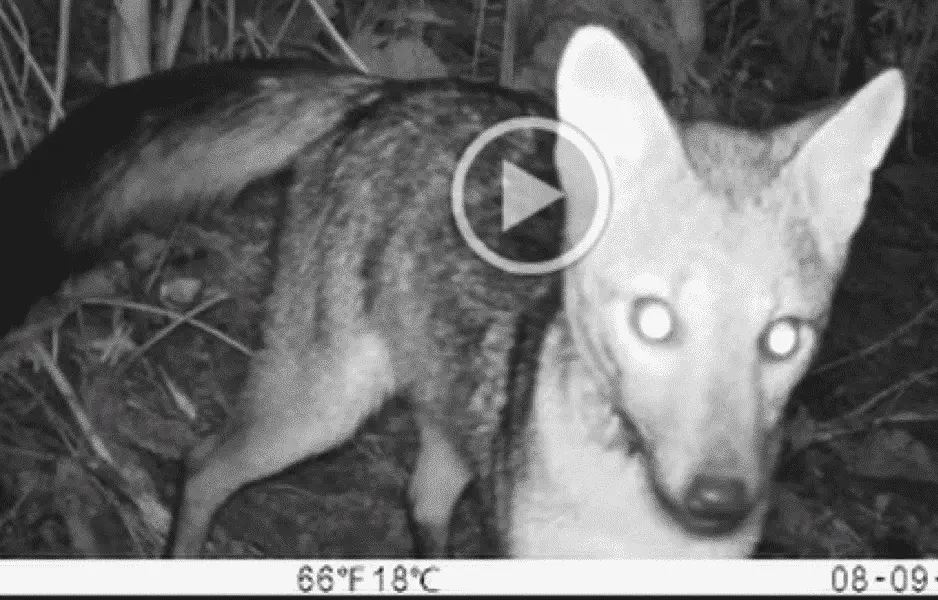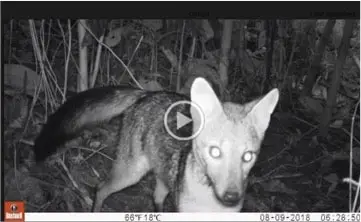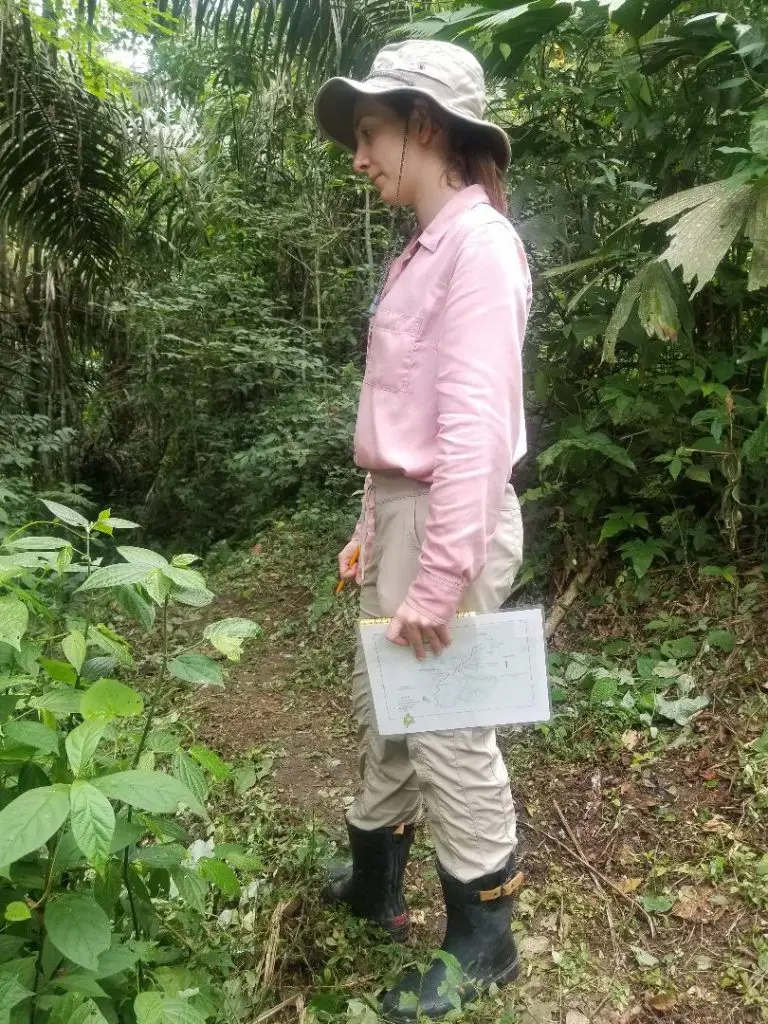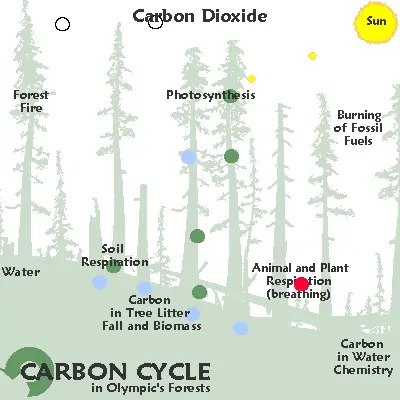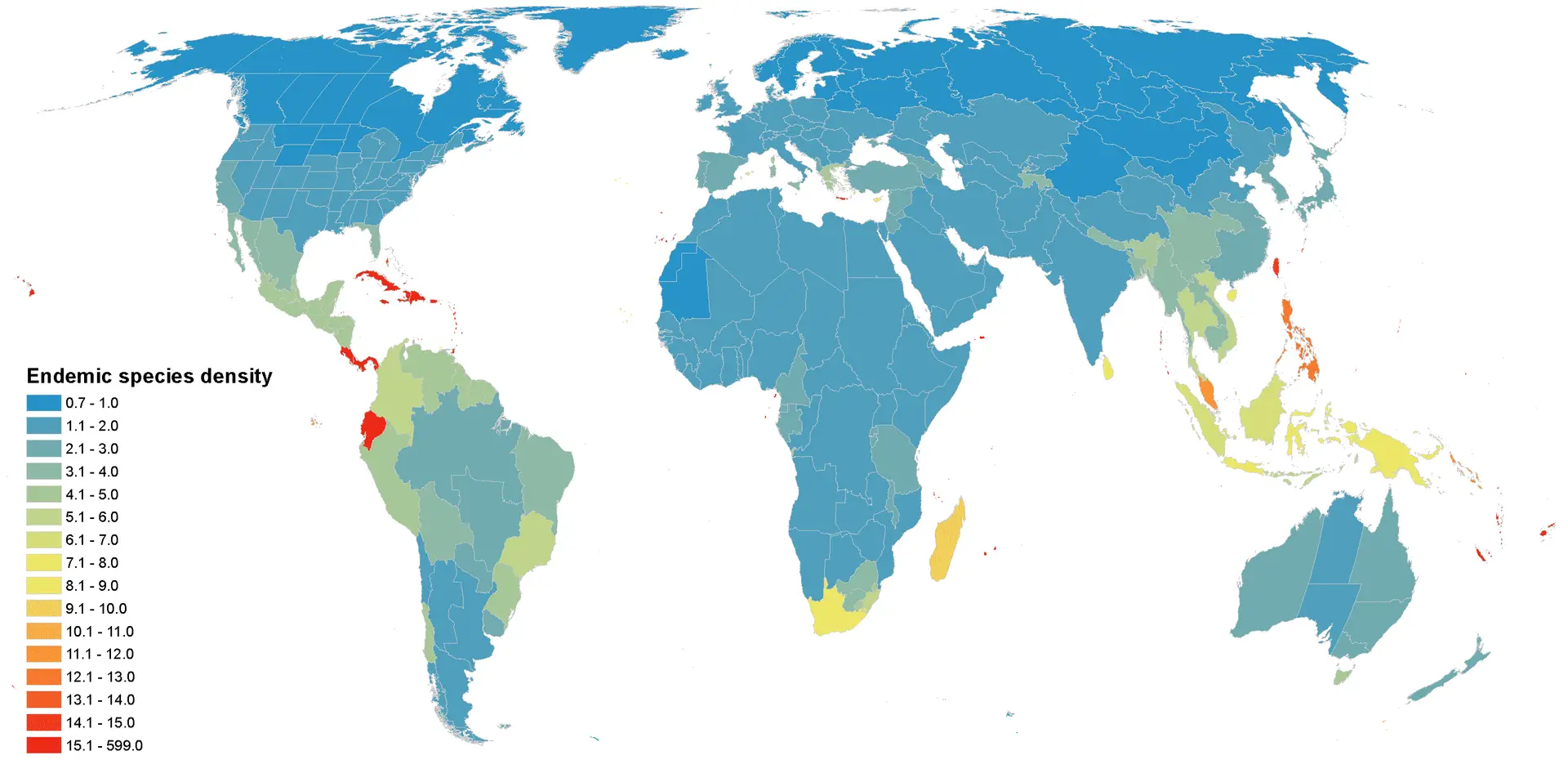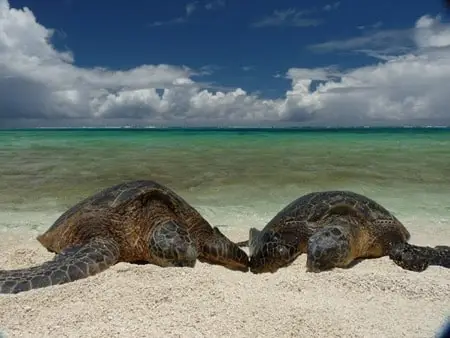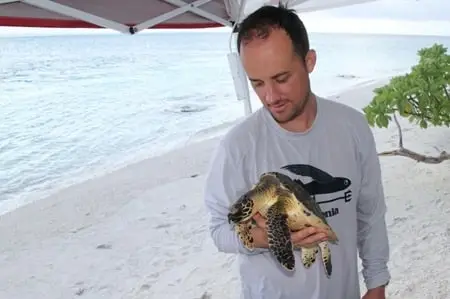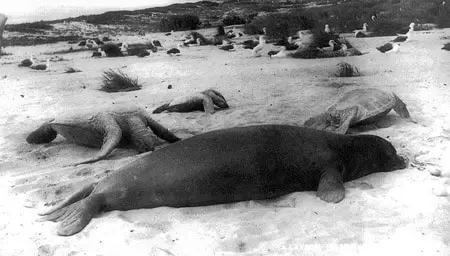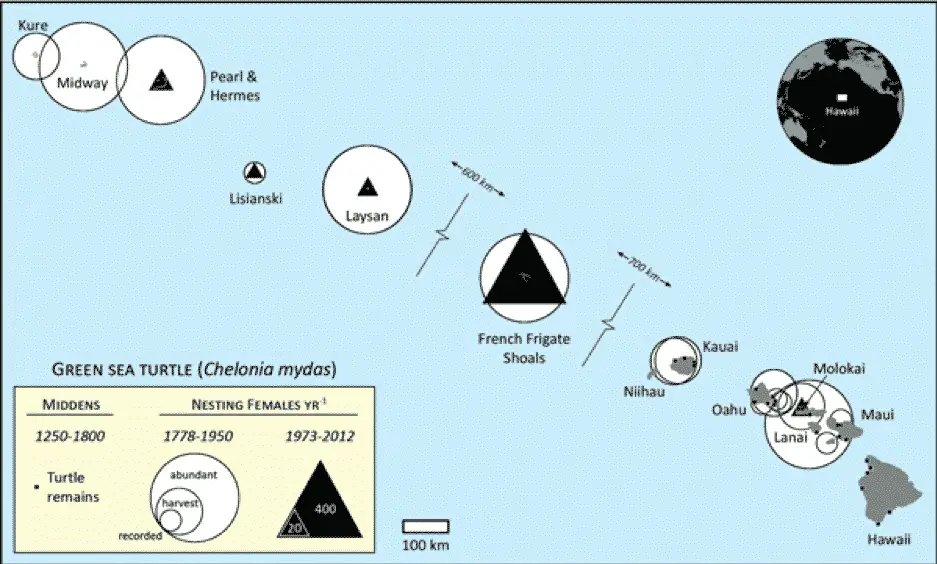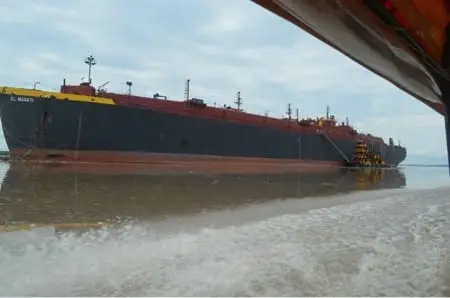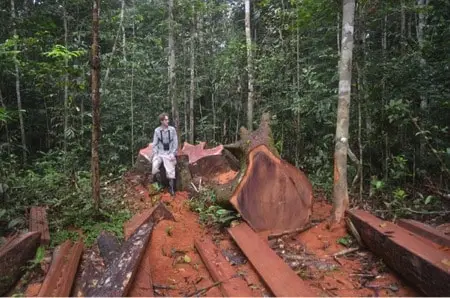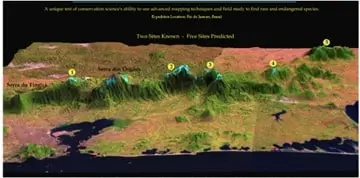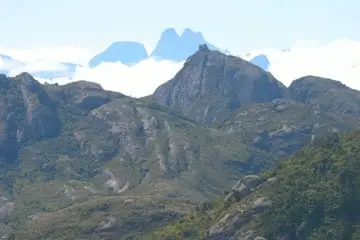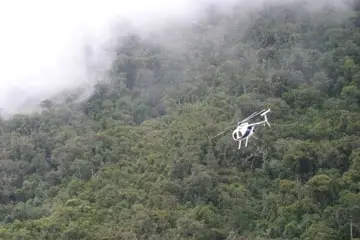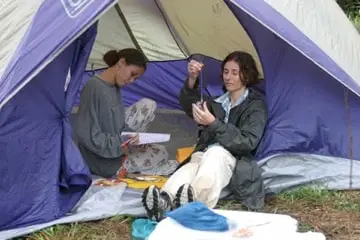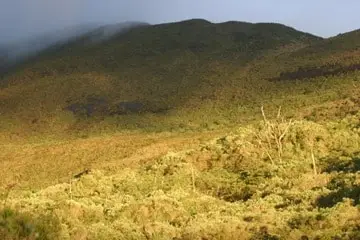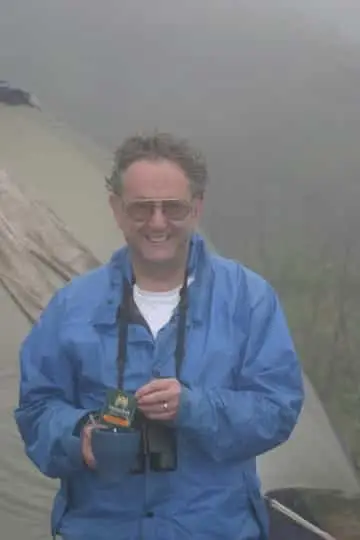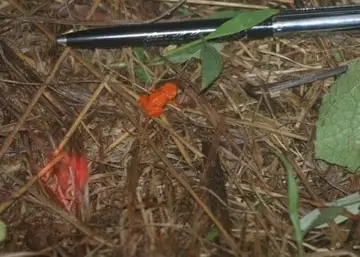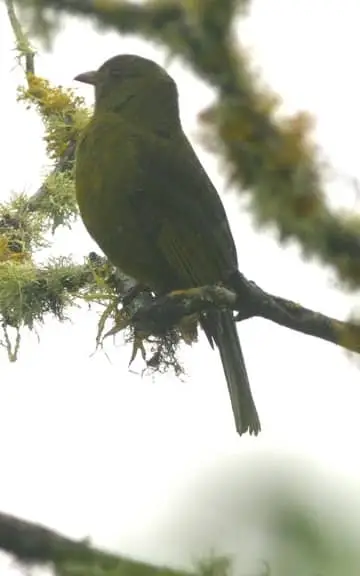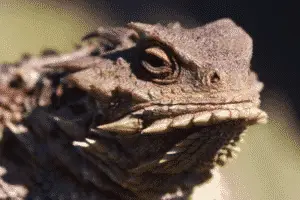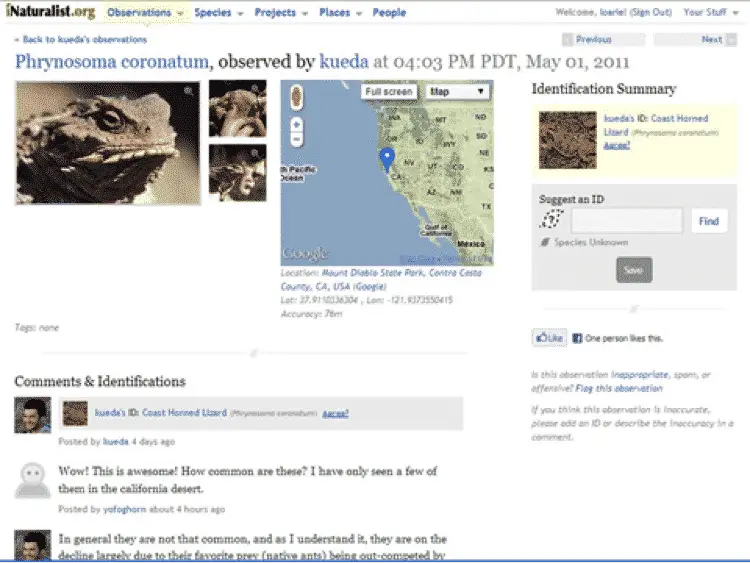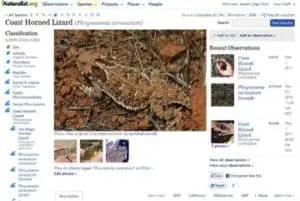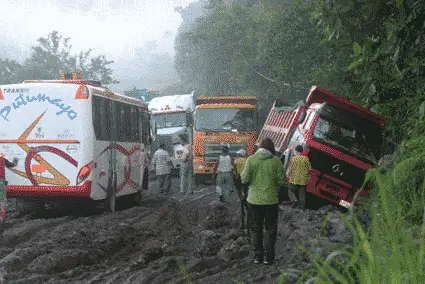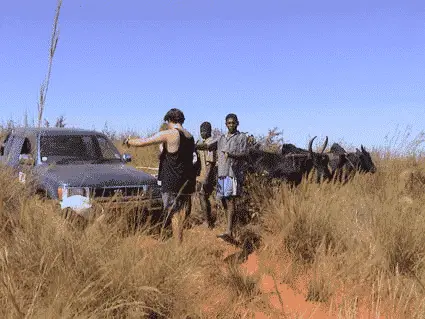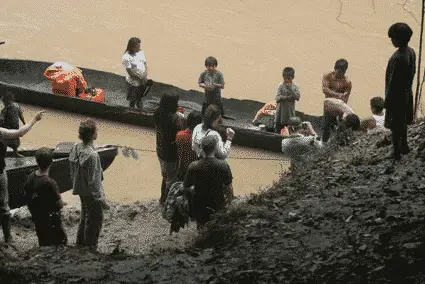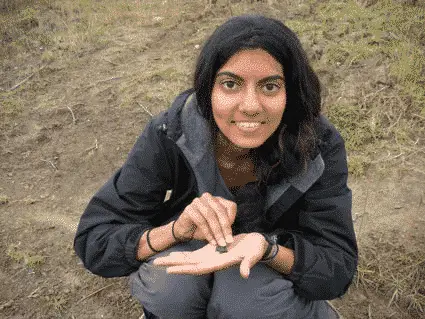Horned Marsupial Frog Rediscovered in Ecuador
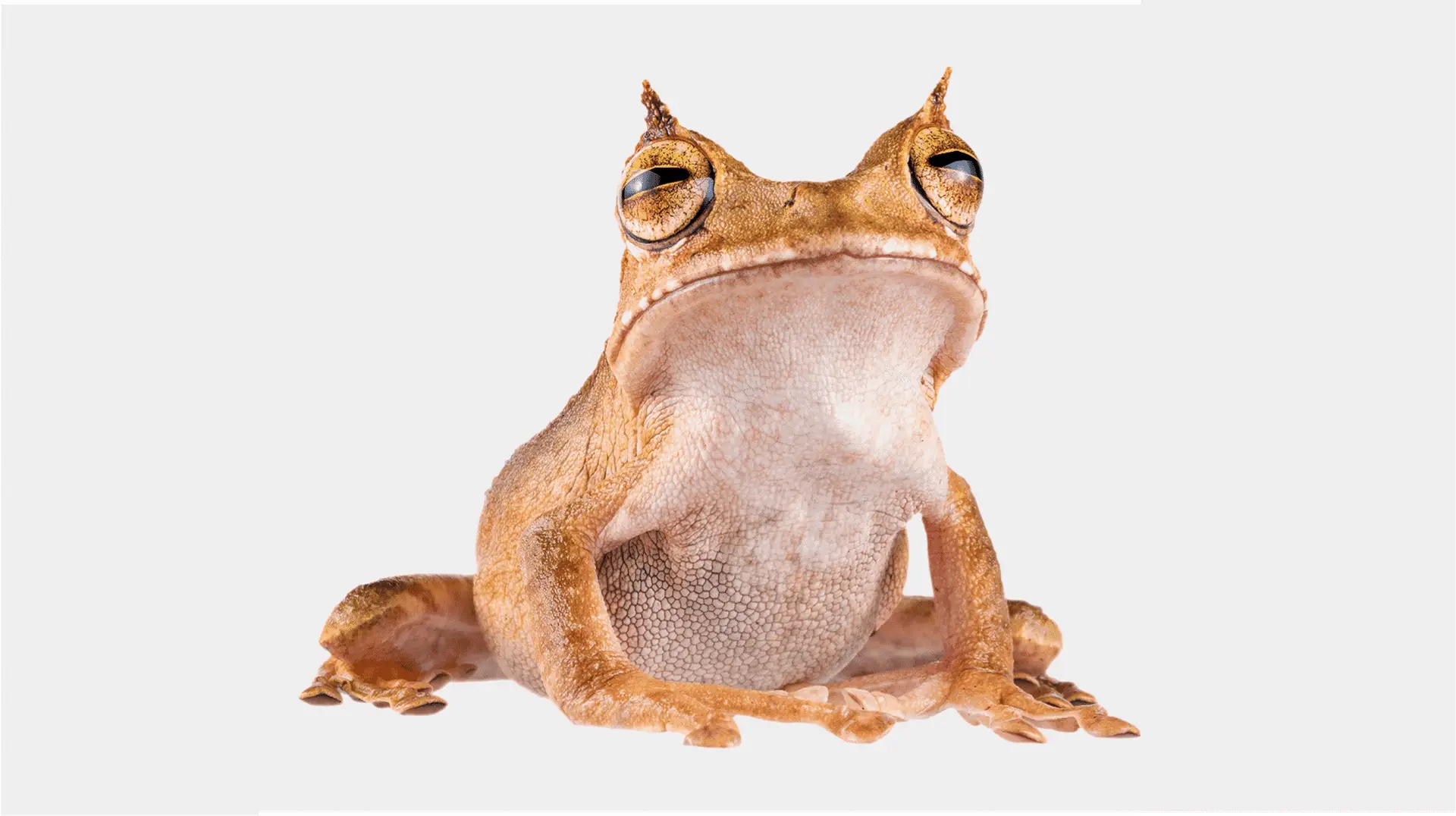
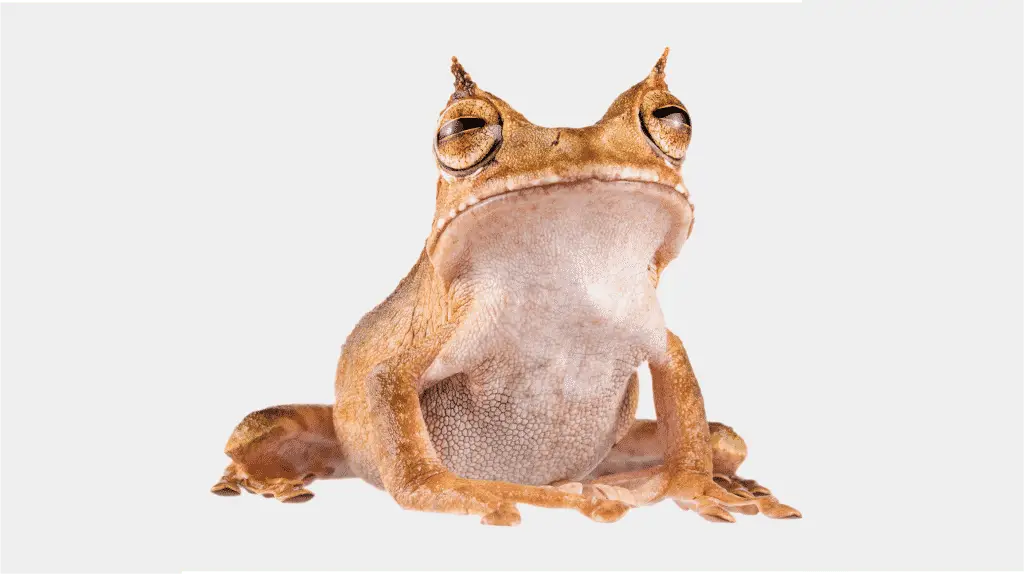
December 4, 2018
HORNED MARSUPIAL FROG REDISCOVERED IN ECUADOR
There is nothing more rewarding than learning that a species thought to be extinct has managed to somehow survive against formidable odds. The horned marsupial frog (Gastrotheca cornuta) is one such species.
Horned marsupial frogs are unique among amphibians. Named for the leaf-like horns on the top of their head and for the pouch on the female’s back to gestate tadpoles, they live in the rainforest canopy. The male’s call, like the pop of a champagne cork, celebrates the mating season. Males fertilize eggs externally and place them in the female’s pouch. Here the developing tadpoles, with umbrella-like gills, eventually emerge as tiny frogs, without a having free-swimming phase.
Once having ranged from Costa Rica to Ecuador, their numbers have steadily dwindled as their habitat has been polluted and destroyed by commercial interests. Finally disappearing from sight in Ecuador in 2005, this reclusive amphibian was presumed to have succumbed to deforestation, the lethal chytrid fungus, agricultural pesticides, and crop fumigation.
It turns out that we haven’t lost them yet. A small population of horned marsupial frogs was able to survive in a remote area of the Choco rainforest. A team of scientists recently discovered six individuals and heard more vocalizing on a parcel of land our local partner acquire earlier this year. As the research continues, we hope to learn more about these survivors, as well as other isolated species taking refuge here.
The property is now protected as part of our broader vision to prevent large-scale commercial logging and oil palm plantations from intruding farther into what remains of this richly diverse tropical forest.
Western Ecuador ranks among the most threatened biodiversity hotspots in the world. The most threatened habitat is the lowland Chocó rainforest, which almost rivals the Amazon in terms of biodiversity but far surpasses it in terms of endemism and of course deforestation. The Chocó has more endemic birds than any other region in the world; it also harbors >2,250 endemic species of plants.
Having already lost nearly 98 percent of the original forest, the Ecuadorian Choco is facing the highest rate of deforestation in the country. We are currently developing an ambitious strategy to establish a mosaic of strictly protected reserves by building wildlife corridors that connect, protect, and restore disjointed forests.
Help us save the last 2% of the Ecuadorian Choco for the horned marsupial frog and thousands of other endemic species.


